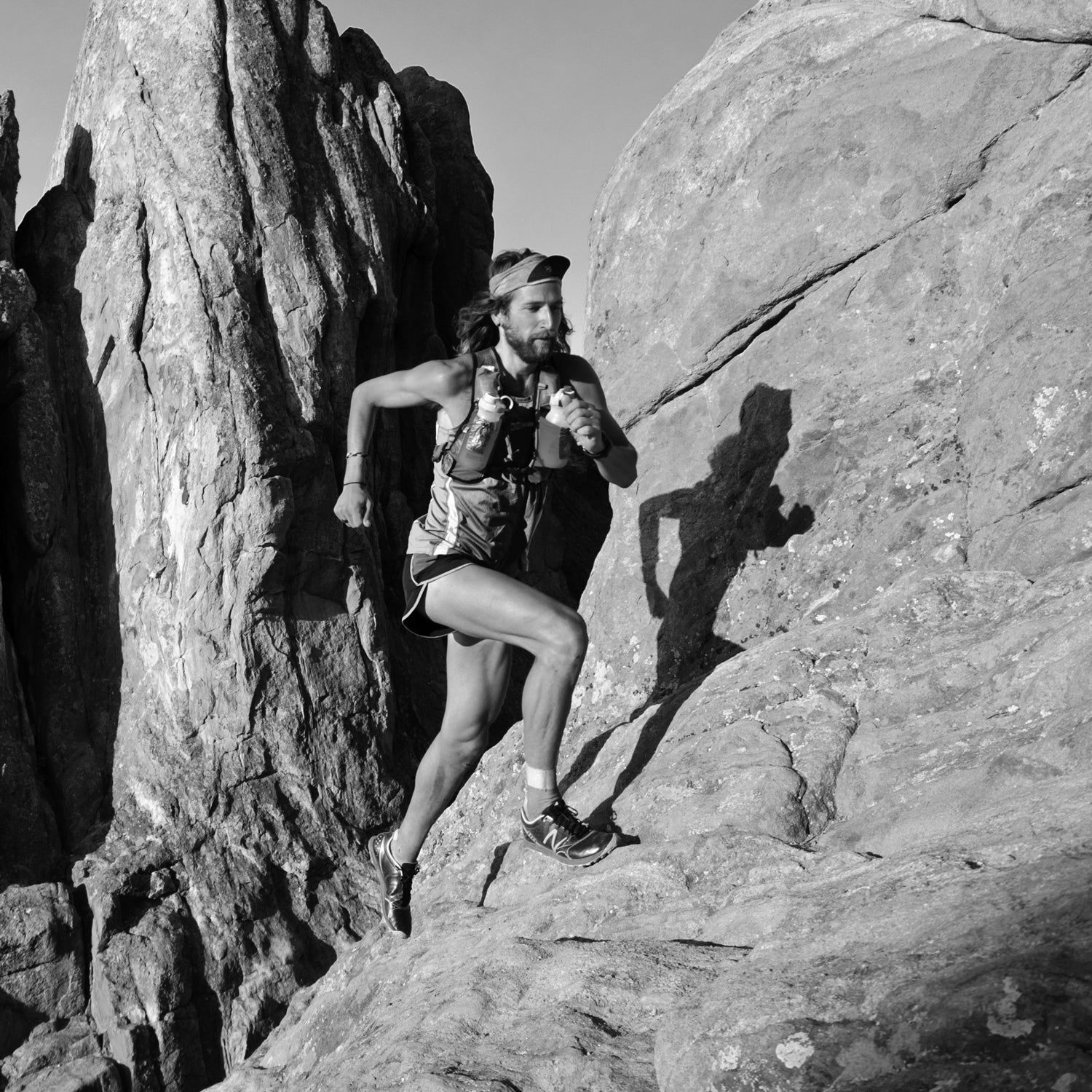If you feel like you're becoming dehydrated, you're already toast. The key: prevention.��
But that's easier said than done. “Ultrarunning is a depletion game,” says endurance coach Matt Hart, who recently won the three-day, 58-mile RUN3 division of the PepsiCo TransRockies Run. “You have to constantly struggle to stay hydrated.”
The following tips and gear suggestions are aimed at helping you avoid dehydration while training and racing this season.
Katie Arnold: Nathan VaporWrap Race Vest
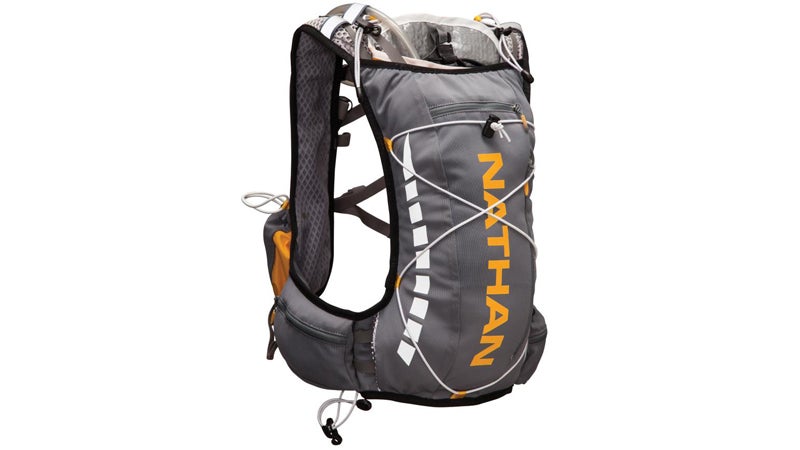
This year's was longtime ���ϳԹ��� staffer and contributor Katie Arnold's first stage race—and she won the three-day women's division.
A big part of her success? Proper hydration. Arnold was constantly drinking from her . The two-liter hydration pack easily accommodates a spare jacket, and Arnold found she could access GUs stashed in the side pocket above her waist while running. Having a sip of water every 10 minutes kept Arnold hydrated and focused during the race.
Matt Hart: UltrAspire Isomeric Handheld
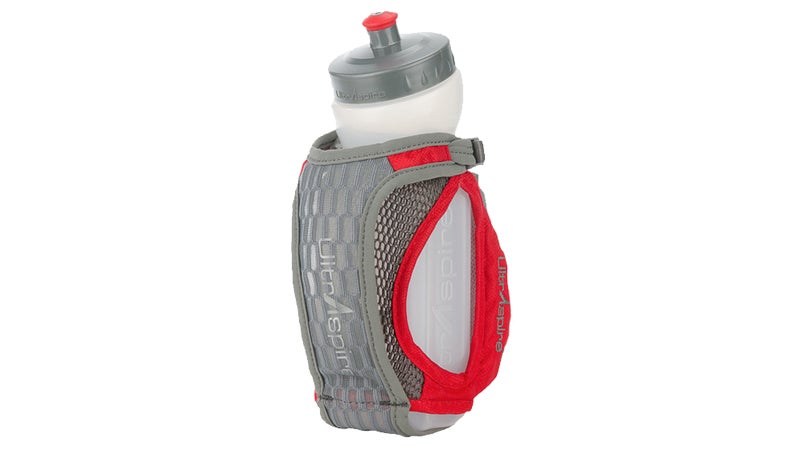
Matt Hart, winner of the Alpine to Slickrock 50-Mile and longtime endurance coach, changes up his hydration routine depending on how hot it is and how far he's running. For cooler races (below 60 degrees), he carries about 16 ounces of water. For hot races (above 95 degrees), Hart will up the volume to about 25 ounces in a larger water bottle.��
While training, Hart usually relies on the simple����with a 20-ounce water bottle. He prefers to drink from bottles because he can eyeball how much water he's drinking, something you can't do with a bladder.
Zach Bitter: Ultimate Direction AK Race Vest
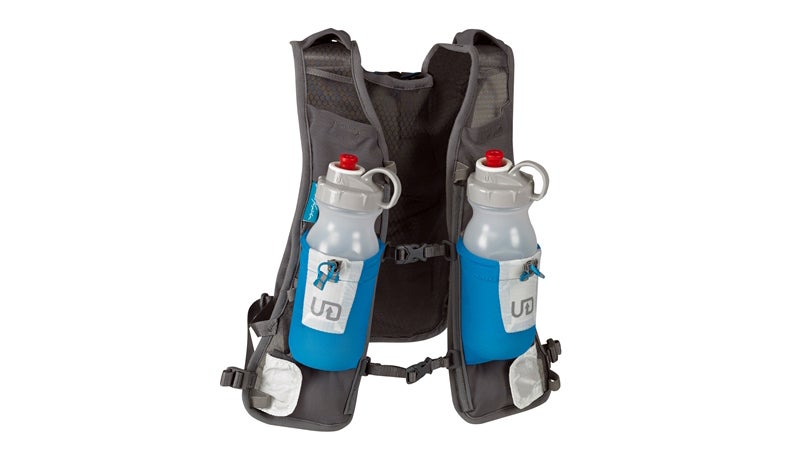
Zach Bitter, 100-mile record holder, believes they key to proper running hydration is threefold: Stay hydrated before heading out, listen to your body while on the trail, and know where you can refill along the route.
Bitter uses Ultimate Direction products in his hydration kit. One of his favorite features: the kicker valve on the company's handheld bottles. “This is a truly leak-free system that keeps my water from splashing all over the place,” Bitter wrote in an email.
On runs longer than three hours, Bitter brings the seven-ounce��. “I like this vest because it's really thin, and on warm days I'm less bogged down than if I were wearing a pack.”
Max King: S! Caps
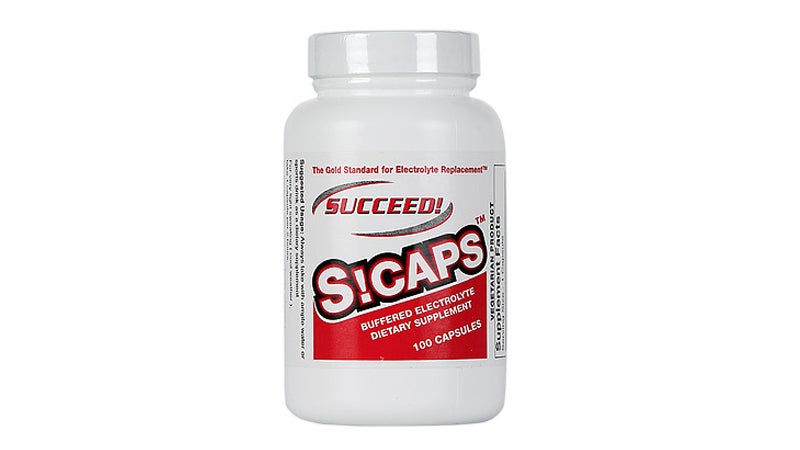
Bend, Oregon-based runner Max King runs with a waist belt that accommodates a 22-ounce water bottle. Although a pack with a bladder lets you run farther without stopping, the bottle takes less time to fill at aid stations, says King.
As for what goes in the bottle, King trains with only water (no sugary sports drinks), so he depends on pills like sodium-rich����to get the necessary electrolytes. Taken with water, the capsules help prevent cramping and stabilize the stomach. ��


